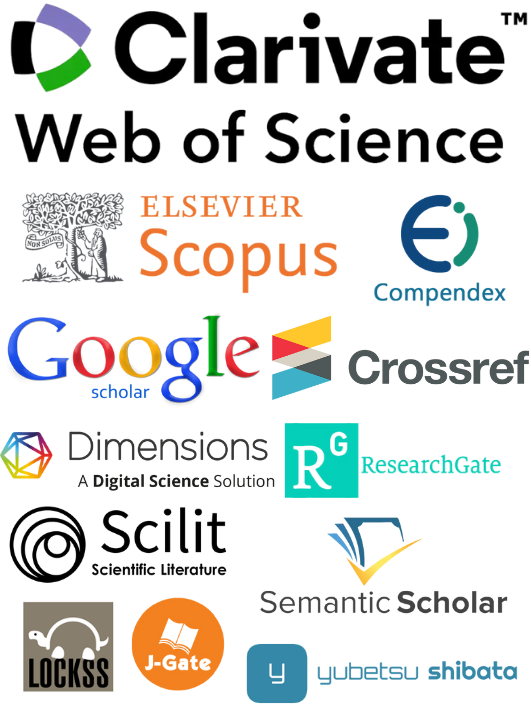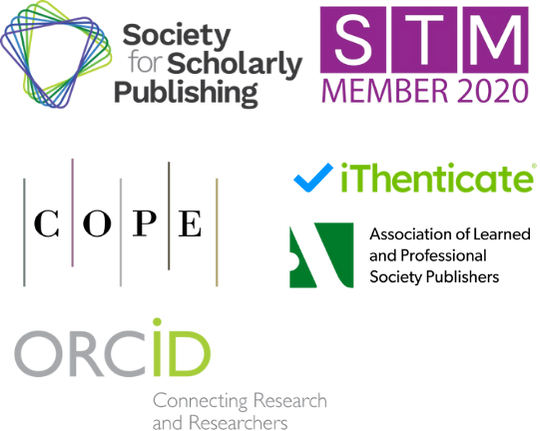Oppression and Symbiosis: An Ecofeminist Perspective of The Bluest Eye
DOI:
https://doi.org/10.71222/jebqhn74Keywords:
The Bluest Eye, Toni Morrison, ecofeminism, patriarchyAbstract
In her seminal work The Bluest Eye, African American female writer Toni Morrison focuses on the tragic story of Pecola, a black girl who suffers from racial discrimination, domestic violence and sexual assault since her childhood, and is deeply inferior in the white culture-dominated society, and finally seeks for recognition and acceptance with the desire to have a pair of blue eyes. At the same time, this novel also depicts natural imagery such as withered marigolds, sandy land, and violent storms, which mirror each other with the fate of the characters, revealing the deep connection between race, gender, and ecological violence. Therefore, from an ecofeminist perspective, this paper analyzes the relations of oppression, resistance and connection embedded in the gender and ecological dimensions of the work. Black women and nature, represented by Pecola, are violated and oppressed by patriarchal men and human beings, and Claudia's sisters resist and rebel against them by tearing up the white dolls and the emergence of the phenomenon of land barrenness. Finally, Pecola's wish for marigolds is a deep connection and integration between women and nature on a spiritual level. This paper aims to provide inspiration and reference for solving the long-standing problems of race, gender and ecology under the patriarchal society, and to inject more humanistic care into the rapidly developing post-industrial society nowadays.
References
1. M. Houshmand, "Constructing desire: Beauty, love of blackness and black constellations in the bluest eye," Int. J. Lit. Stud., vol. 5, no. 1, pp. 39-34, 2025, doi: 10.32996/ijts.2025.5.1.3.
2. J. Matus, "Shame and Anger in The Bluest Eye," Toni Morrison, Manchester University Press, pp. 37-54, 2024, doi: 10.7765/9781526185907.00008.
3. D. Arslan, "The Appalling Tragedy: Sexuality, Beauty Standard, and Racism in The Bluest Eye by Toni Morrison," Artuklu İnsan ve Toplum Bilim Dergisi, vol. 8, no. 1, pp. 1-9, 2023, doi: 10.46628/itbhssj.1147854.
4. J. Kim, "Revisiting trauma through the bluest eye," Critique: Stud. Contemp. Fiction, vol. 65, no. 3, pp. 487-499, 2024, doi: 10.1080/00111619.2023.2202303.
5. J. Roa, The Sense of Self: Oppositional Color Symbolism, the Importance of Self-Love, and Black Personal Identity in The Bluest Eye, Diss., Southern New Hampshire University, 2024.
6. S. Rakshana, "Critical Analysis on the Social Issues Portrayed in the Novel'the Bluest Eye'," Indian JL & Legal Rsch., vol. 4, no. 1, pp. 1, 2022.
7. A. Islam, The narratives of racism, trauma, slavery and resilience: a comparative analysis of Toni Morrison’s The Bluest Eye and Beloved, Diss., Brac University, 2024.
8. A. M. Nejad, "The Discourse of Racist Violence in Toni Morrison's The Bluest Eye," J. New Trends Engl. Lang. Learn. (JNTELL), vol. 3, no. 4, 2024.
9. A. G. Vadivelan, K. S. Lakshmi, and S. Rajkumar, " An overview of the identity crisis in Toni Morrison’s The Bluest Eye," Ann. For. Res., vol. 65, no. 1, pp. 5184-5190, 2022.
10. I. A. Ismail, T. Bsharat, and Y. Mohapatr, "CULTURAL INFLUENCES AND BEAUTY CONSTRUCTS: AN ANALYSIS OF TONI MORRISON'S" THE BLUEST EYE," J. Adv. Res. Educ. Lit., vol.10, no. 1,2024.
11. M. A. Khan and B. Ahmed, "The Colonial Legacy of Beauty and Shame: A Post-Colonial Exploration of Toni MorrisonS The Bluest Eye," Soc. Sci. Rev. Arch., vol. 3, no. 2, pp. 570-578, 2025, doi: 10.70670/sra.v3i2.642.
12. N. Lakra, V. M. B. Grace, and D. D. Wilson, "Quest for Identity in the novels of Beloved and The Bluest Eye by Toni Mor-rison," Turk. J. Comput. Math. Educ., vol. 12, no. 2, pp. 1183-1188, 2021.
13. S. Zhang and W. Tao, "Life in Trauma: An Analysis of Black People’s Living Condition in The Bluest Eye," Int. J. Lit. Stud., vol. 4, no. 3, p. 21, 2024.
14. S. Bai, "An Analysis on White Cultural Hegemony in The Bluest Eye," J. Innov. Soc. Sci. Res., ISSN 2591, pp. 6890, 2021, doi: 10.53469/jissr.2021.08(11).11.
15. T. B. Enam and A. Sufian, "Fractured Selves: A Psychoanalytic Study of Identity, Trauma, and Hegemony in Native Son and The Bluest Eye." The Criterion: An Int. J. English, vol. 15, no. 6, Dec. 2024.
16. Q. Zhou and Q. Liu, "Agentic Things and Traumatized People in Toni Morrison's The Bluest Eye," J. Mod. Lit., vol. 45, no. 3, pp. 106-120, 2022, doi: 10.2979/jmodelite.45.3.08.
17. L. Hatoum, "Society, Blackness, Madness: a reading of Toni Morrison's The Bluest Eye and Home", 2023.
18. M. Jamshed, "Investigating Racial Dehumanization, Distortion of Perspectives, and Perpetuation of Trauma in Morrison’s The Bluest Eye," Int. J. Arabic-English Stud. (IJAES), vol. 23, no. 2, 2023, doi: 10.33806/ijaes.v23i2.453.
19. M. G. Roshan and M. Gholipour, "The Lack of Beauty and Identity in the Bluest Eye by Toni Morrison." in Proc. Int. Conf. Hist., Lit. Manage. (ICHLM'2012), Dubai, UAE, Oct. 6–7, 2012.
Downloads
Published
Issue
Section
License
Copyright (c) 2025 Junru Wang (Author)

This work is licensed under a Creative Commons Attribution 4.0 International License.


